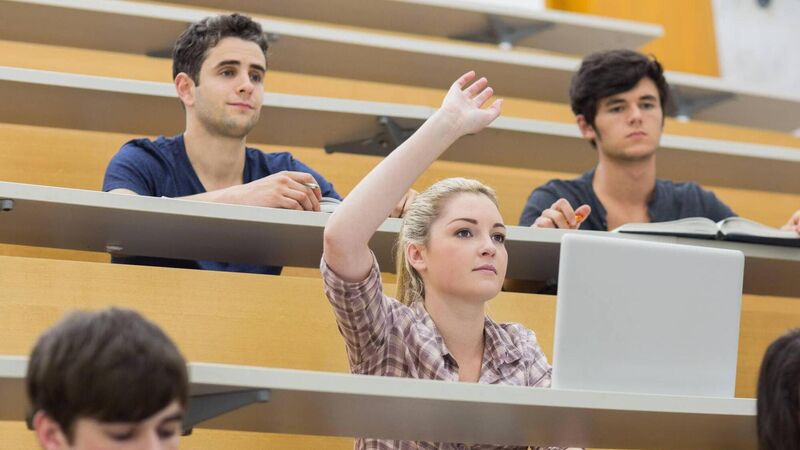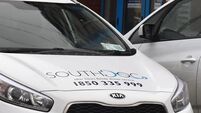Ireland 'an example' in giving disadvantaged students access to higher education, report shows

Chile, Lithuania and Ireland have combined widening higher education access along with 'noticeable gains' in social mobility, the research found.
Ireland is one of three wealthy countries cited for improving access to higher education for less-advantaged students at a time when social mobility is stalling or even declining internationally.
An analysis of the higher educational landscape of 20 OECD countries highlights how the link between higher education and higher earning has weakened in many countries for more disadvantaged students.
Carried out by a team of researchers led by an Oxford professor on behalf of British charity the Stutton Trust, the analysis highlights how inequalities persist between those from higher and lower socioeconomic backgrounds, despite access to higher education improving in the last decade.
In general, students from non-graduate families were still 45% less likely to become top earners than those whose parents attended university.
However, Chile, Lithuania and Ireland have combined widening higher education access along with "noticeable gains" in social mobility, the research found.
Ireland, which has 25 higher education institutions that receive public funding, has lower expenditure per student in tertiary education than the OECD average, at $12,361 compared to $14,077.
However, while structural inequalities persist, there has also been a “sustained effort to increase the participation of underrepresented groups in higher education over multiple decades”, the report notes.
The Irish higher education system has expanded over recent years, researchers found.
Using parental education level, it found an increase in the proportion of those from underrepresented backgrounds completing university in the past 10 years, from 17% to 37%.
This was at a time when "the economic returns to higher education held mostly steady".
Policies that contributed to this increase include the Higher Education Authority's National Access Plan, the Programme for Access to Higher Education, free upper secondary education, the expansion of technological universities, and the free fees initiative.
"Together, they reflect a sustained effort to increase the participation of underrepresented groups in higher education over multiple decades."
The "whole-of-government, whole-of education approach" to tackling social inequalities seems to "recognise the structurally-embedded nature of educational inequalities and aims to create a coordinated agenda to address interlinked societal inequalities including housing, health, employment, education, and welfare.
The study found in Britain there was a still a "notable" gap in higher education enrolment between between those from low and high socio-economic backgrounds. "This inequity is at its highest at the most elite institutions."
The paper was produced by a team of researchers led by Professor Rachel Brooks from the University of Oxford.










